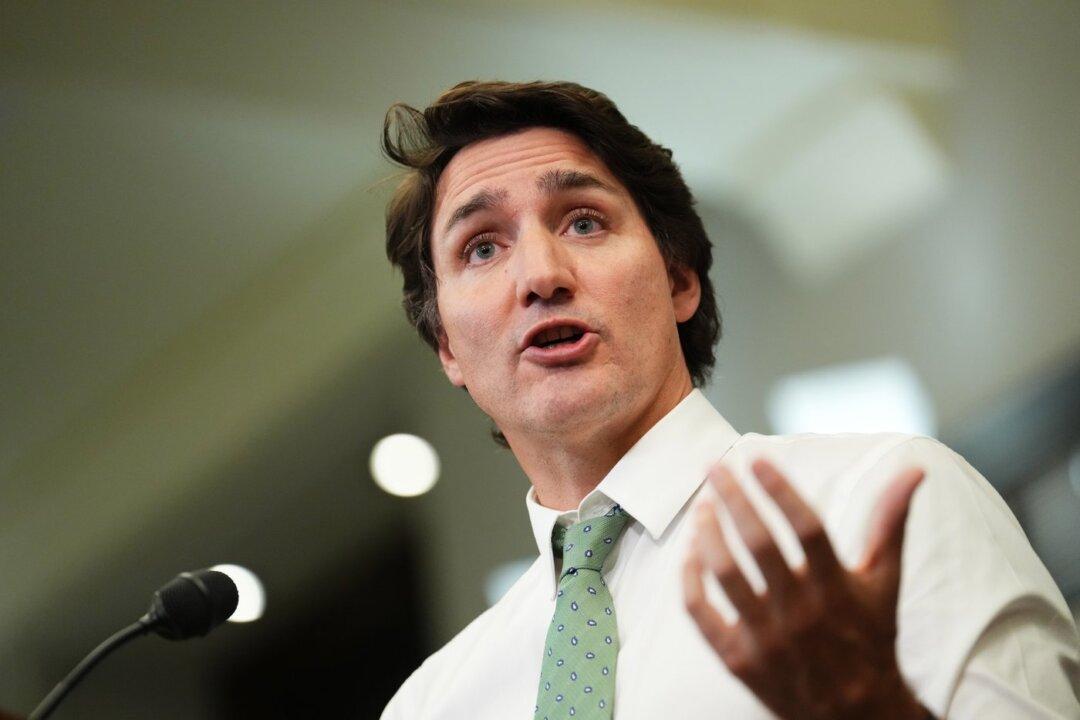Australia’s universal health care system outperforms Canada’s on key measures, including wait times and cost, and includes a larger role for private hospitals, says a comprehensive Fraser Institute report.
“The Australian system outranks Canada’s on a range of performance indicators, while spending less as a percentage of GDP,” states the Jan. 16 report, The Role of Private Hospitals in Australia’s Universal Health Care System.





